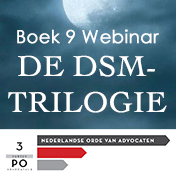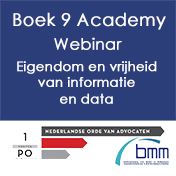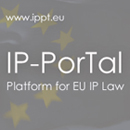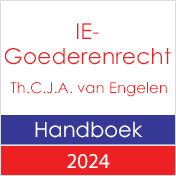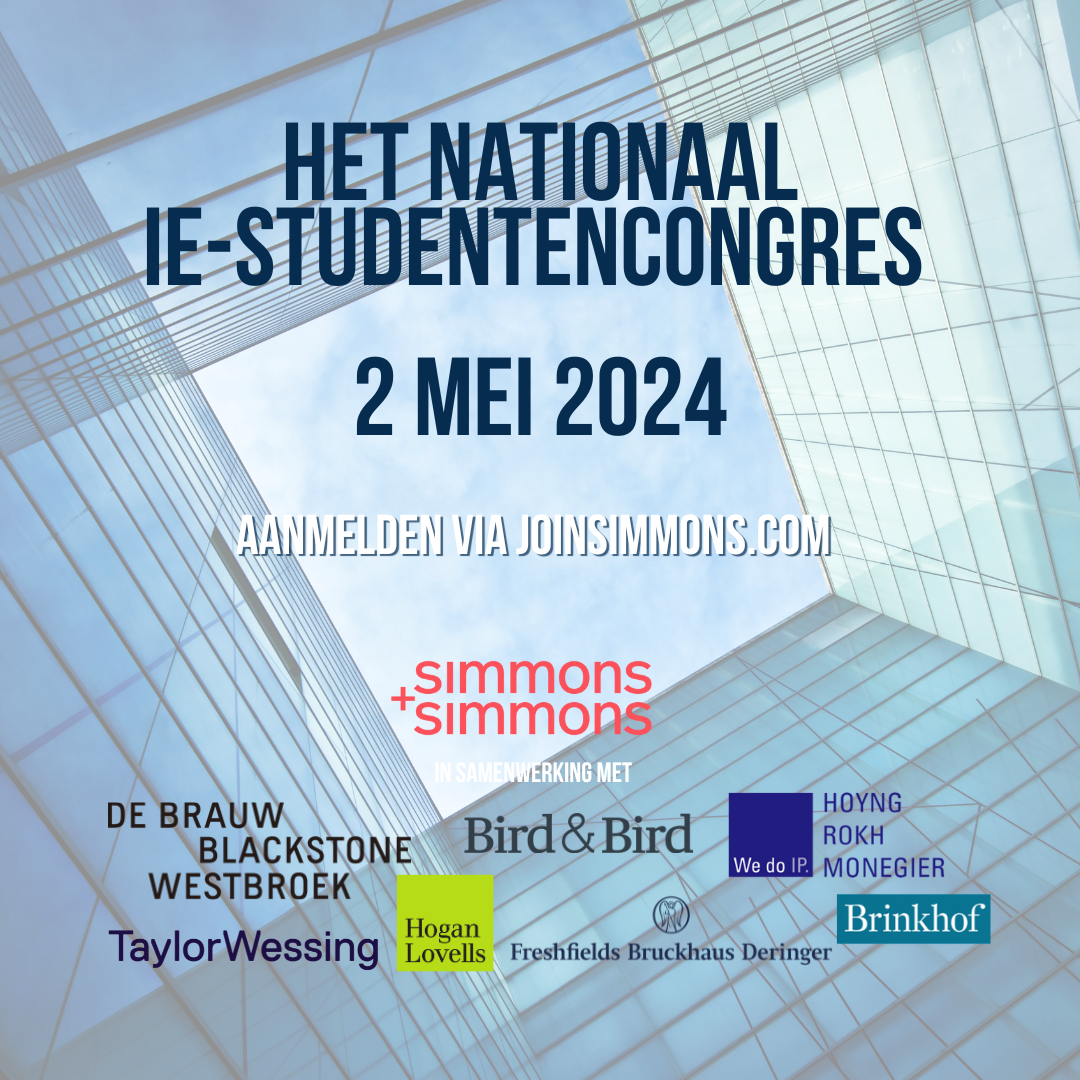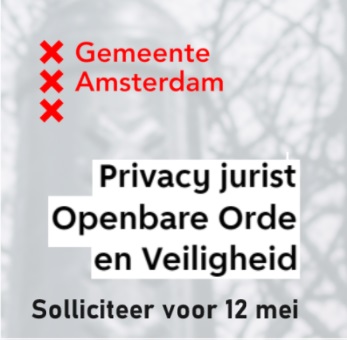 B9 11174. HvJ EU, 3 mei 2012, conclusie A-G Trstenjak in zaak C-130/11, Neurim Pharmaceuticals Ltd tegen Comptroller-General of Patents
B9 11174. HvJ EU, 3 mei 2012, conclusie A-G Trstenjak in zaak C-130/11, Neurim Pharmaceuticals Ltd tegen Comptroller-General of Patents
Octrooirecht. Geneesmiddelen. Neurim heeft in 1992 een octrooi aangevraagd voor een bepaalde formule gekoppeld aan het natuurlijke hormoon melatonin om slapeloosheid tegen te gaan. In 2007 krijgt Neurim een vergunning om haar product als geneesmiddel op de markt te brengen. Haar octrooi was echter nog 5 jaar geldig, waardoor zij een aanvraag deed voor een aanvullend beschermingscertificaat (“ABC”). Hierdoor zou zij langer exclusieve bescherming genieten om het geneesmiddel op de markt te brengen. Deze aanvraag werd geweigerd door het IPO (UK) omdat er in 2001 een zelfde aanvraag was gedaan door een partij die melatonin gebruikte voor schapen.
Volgens de A-G kan men geen ABC verkrijgen wanneer de basisoctrooibescherming (1992) zich niet uitstrekt tot een eerder op basis van art. 4 Verordening 469/2009 (betreffende het ABC voor geneesmiddelen) verleende vergunning . Het feit dat hetzelfde product eerder is toegelaten als een geneesmiddel voor menselijk gebruik (of een geneesmiddel voor dieren) in de lidstaat waarvoor de aanvraag wordt ingediend, sluit niet uit dat de toekenning van een ABC op basis van een latere vergunning voor dat product op de markt als een nieuw geneesmiddel wordt gewijzigd. Hierbij is i.c. van belang dat het eerste-toegelaten geneesmiddel niet onder de werkingssfeer van beschermingsomvang van het octrooi door de aanvrager valt.
De verlening van de eerste vergunning om het product op de Europese markt te brengen op basis van art. 13 lid 1 Verordening nr. 1768/92, moet worden begrepen als de eerste verlening van een vergunning van een geneesmiddel dat in het kader van de beschermingsomvang van het basisoctrooi door de aanvrager is aangewezen.
(1) Under Article 3(d) of Council Regulation (EEC) No 1768/92 of 18 June 1992 concerning the creation of a supplementary protection certificate for medicinal products, a supplementary protection certificate for a product which is protected by a basic patent in force may be granted only on the basis of the first authorisation which permits that product to be placed on the market as a medicinal product which is within the scope of protection conferred by the basic patent in the Member State for which the application is made. The fact that the same product has previously been authorised as a medicinal product for human use or a veterinary medicinal product in the Member State for which the application is made does not preclude the grant of a supplementary protection certificate based on a later authorisation to place that product on the market as a new medicinal product, provided the first-authorised medicinal product is not within the scope of protection conferred by the patent designated by the applicant as the basic patent.
(2) The first authorisation to place the product on the market in the European Union to which Article 13(1) of Regulation No 1768/92 refers must also be understood as the first authorisation to place a product on the market in the European Union as a medicinal product which is within the scope of protection conferred by the basic patent designated by the applicant.
(3) The answers to the above questions are no different if
– in the Member State for which the application is made, a first authorisation has been granted to place a product on the market as veterinary medicinal product for a particular indication and a second authorisation has been granted to place that product on the market as a medicinal product for human use for a different indication;
– there are two authorisations to place a product on the market as a medicinal product and the later authorisation required a full application under Article 4 of Council Directive 65/65/EEC of 26 January 1965 on the approximation of provisions laid down by law, regulation or administrative action relating to proprietary medicinal products;
– the product covered by an earlier authorisation to place the medicinal product on the market is within the scope of protection of a patent which belongs to a different registered proprietor from the person who applied for a supplementary protection certificate on the basis of a later authorisation to place that product on the market as a new medicinal product and on the basis of a different patent
Lees de conclusie hier.



















































